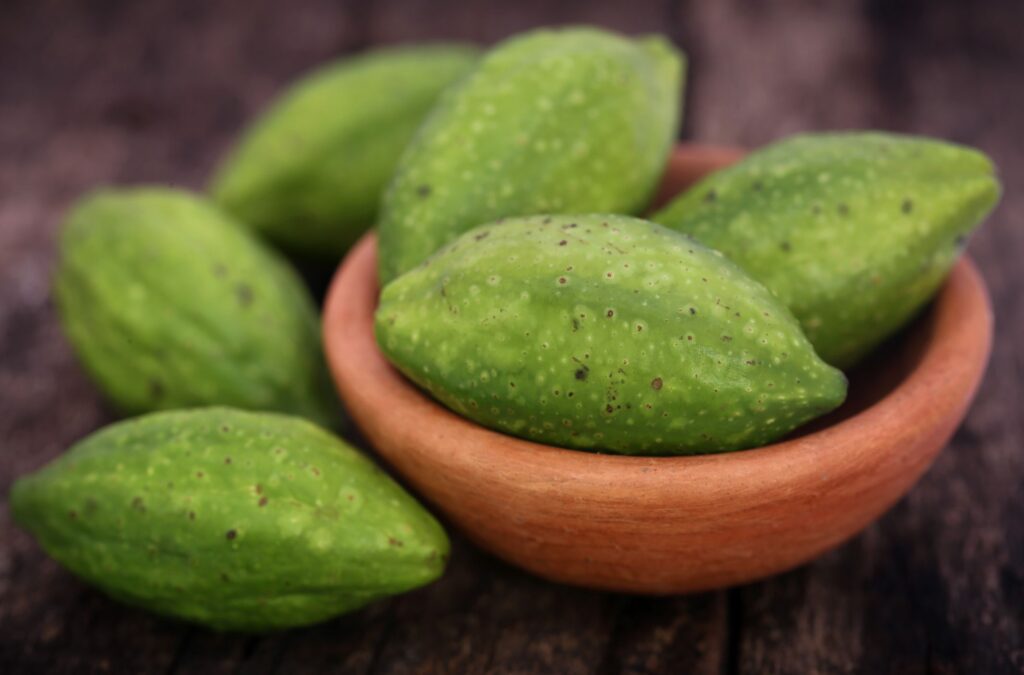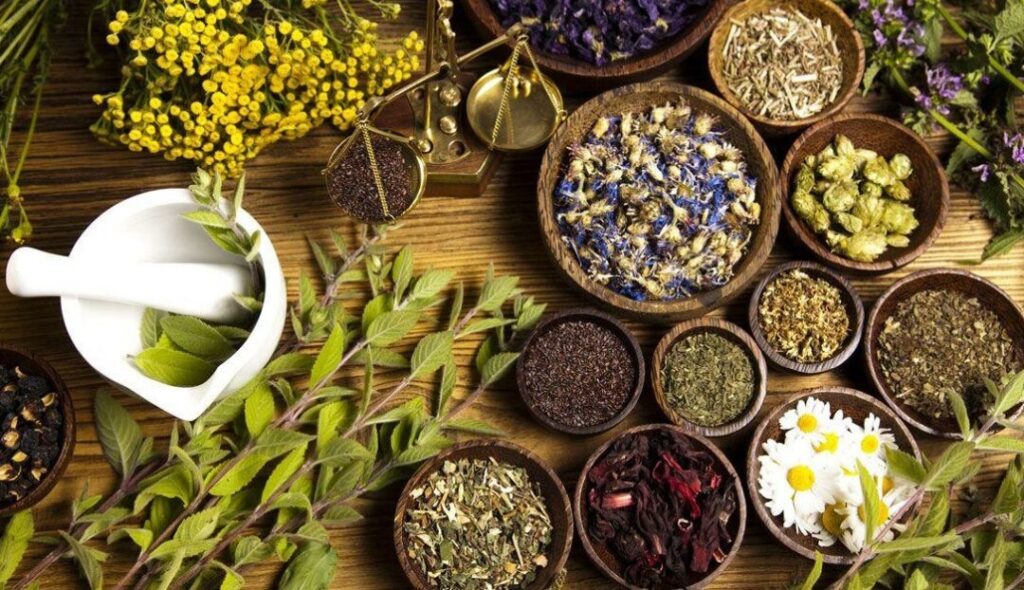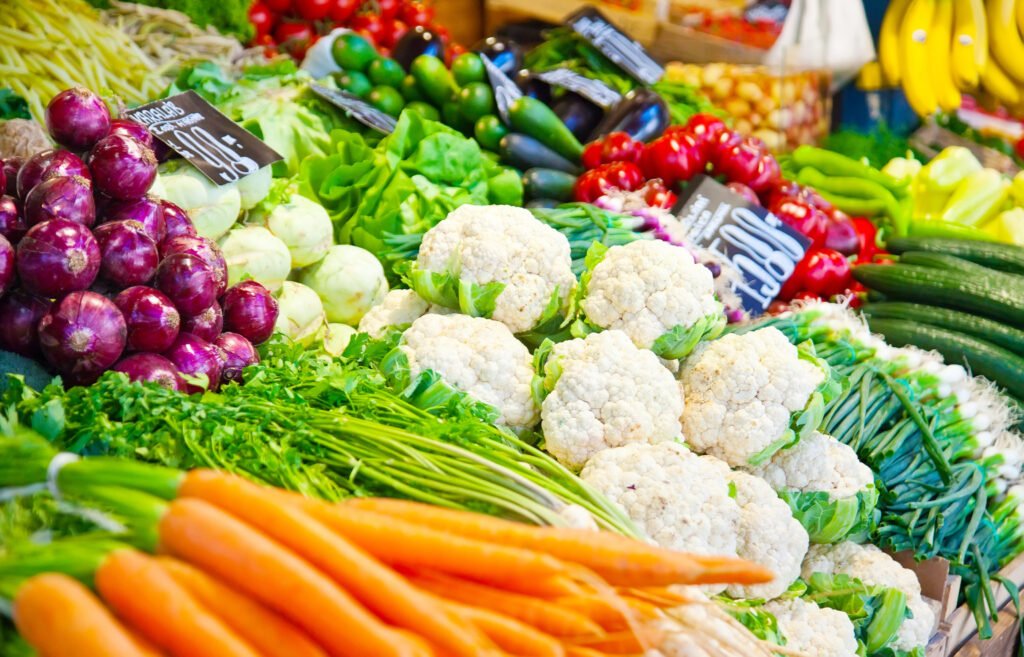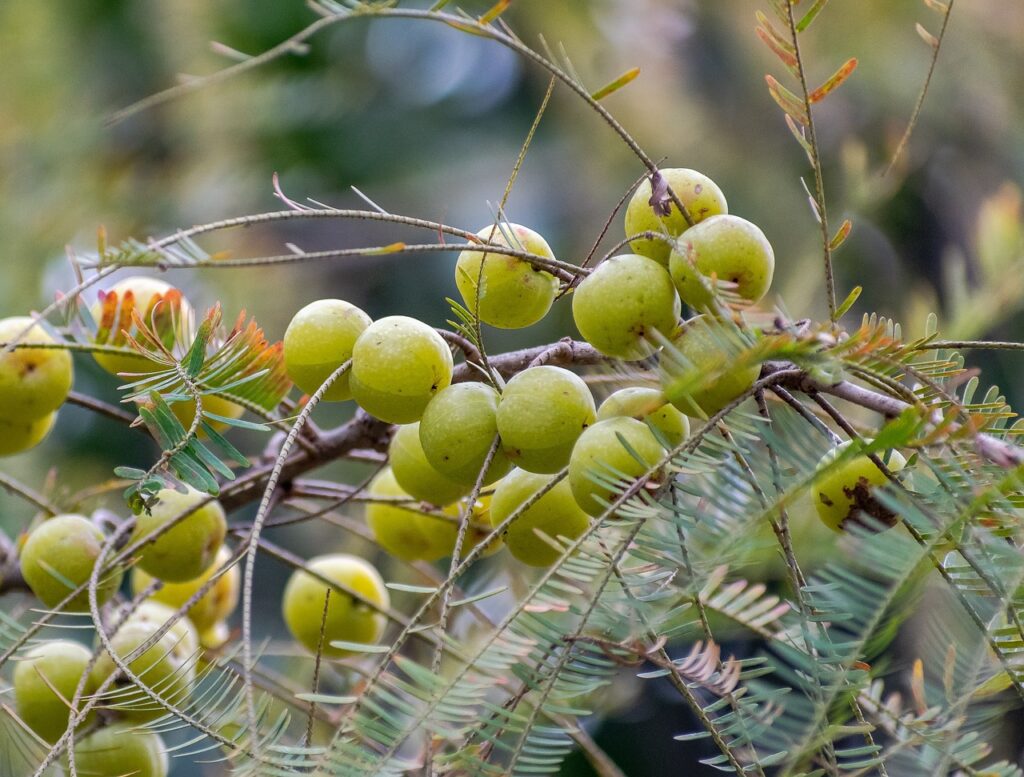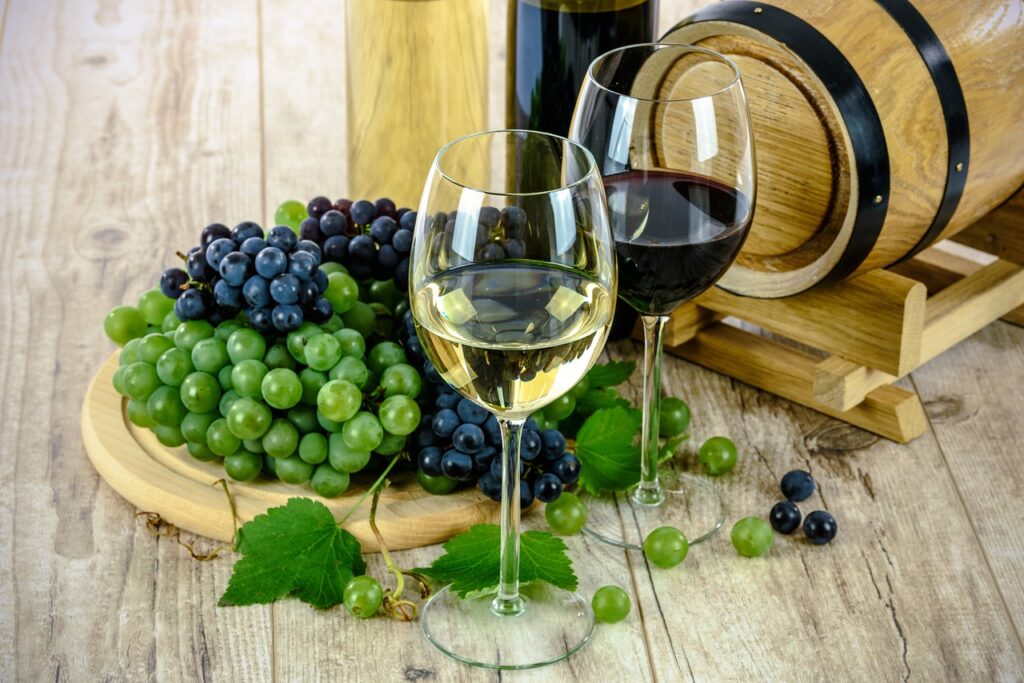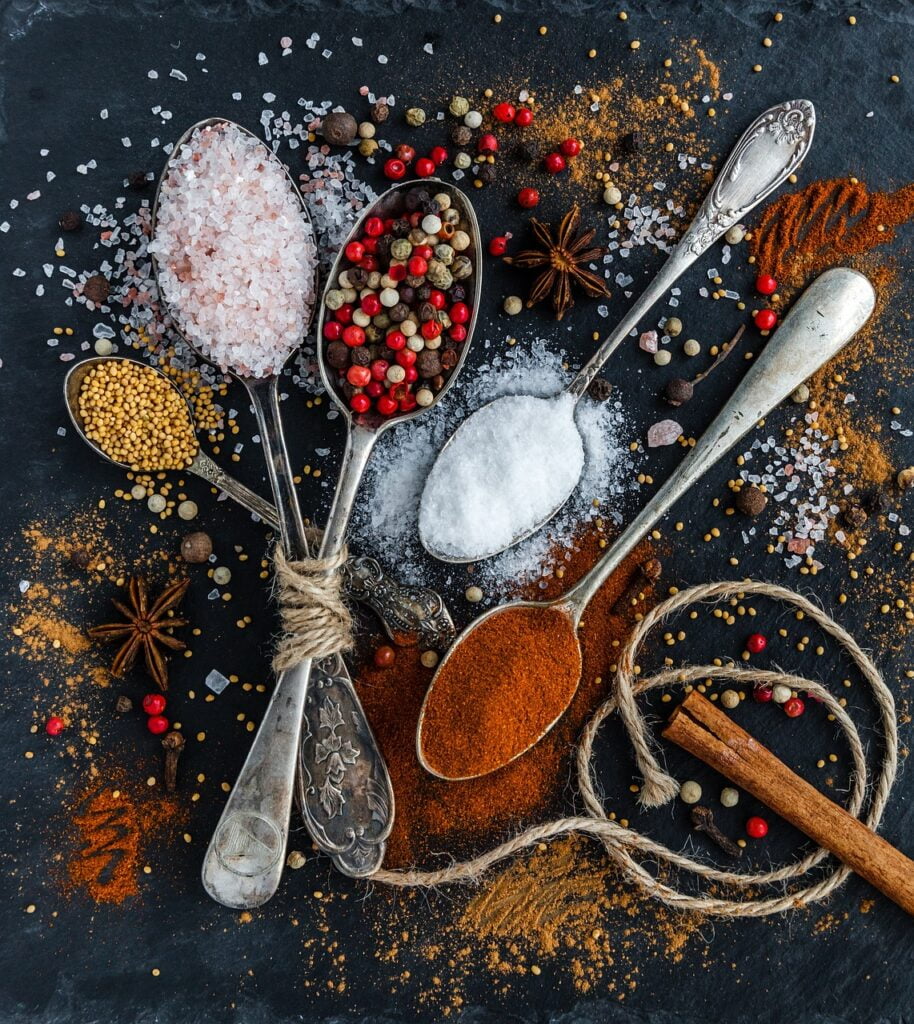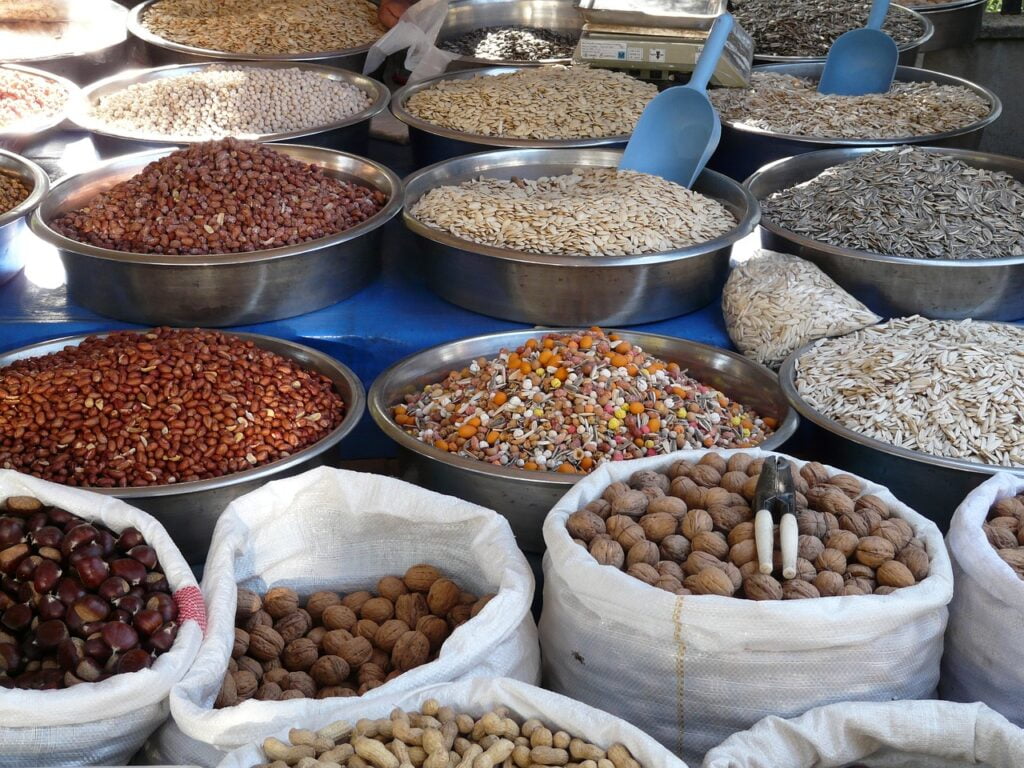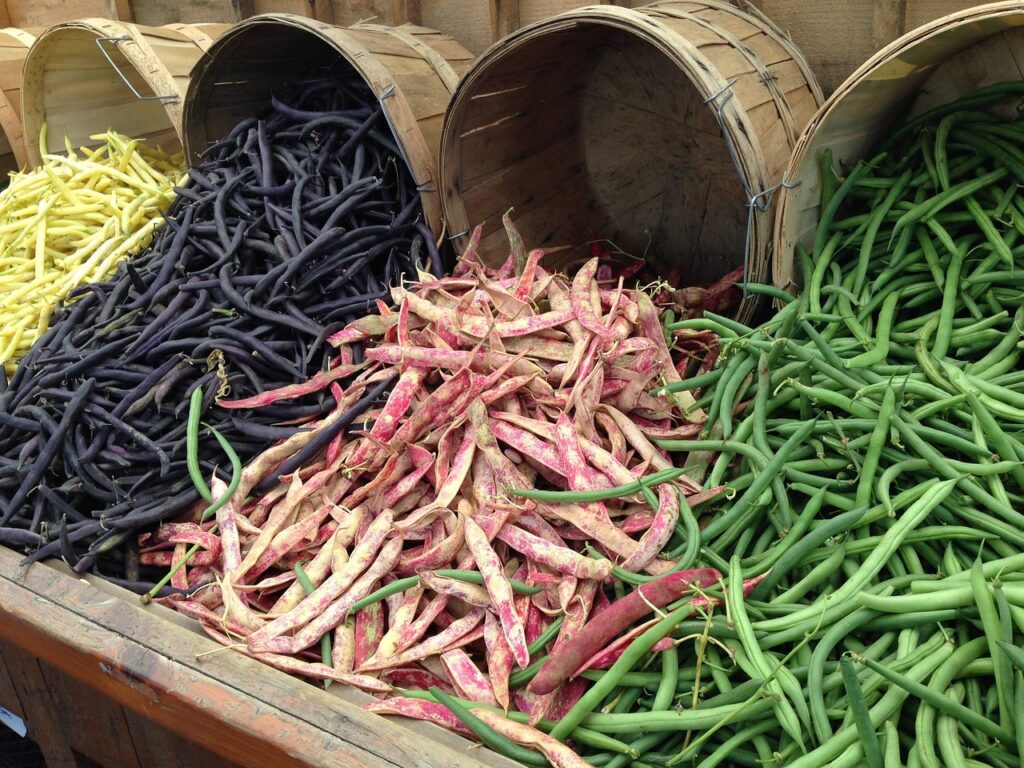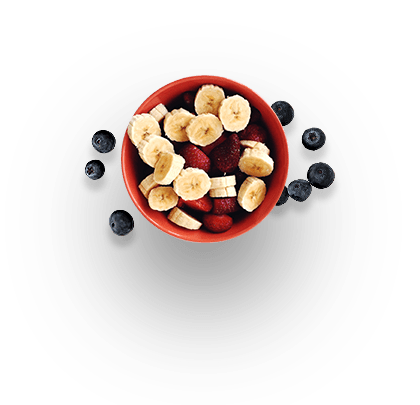The word ‘Dravyaguna’ means the science dealing with propertries and actions of drugs. This is counterpart of modern pharmacology. It would be necessary, at first, to understand the fundamentals of Ayurveda in general before one can grasp the concepts of Dravyaguna.
Panchabhutas (Akasha, Vayu, Agni, Jala and Prithivi) are regarded as physico-chemical basis of the material objects. When life evolved, out of these five, three came forward to control and regulate the biological functions. These three (Vata, Pitta, Kapha) are known as tridhatu (tridosha in pathological state) having specific functions of Vikshepa (movement). Adana (assimilation) and Visarga (growth) respectively.
Primarily based on this fundamental background, the following concepts were developed to explain the drug action.
Dravya (Substance-drug & diet) 2. Guna (Property)
Rasa (Taste) 4. Vipaka (Final transformation)
Virya (Potency) 6. Prabhava (Specific potency)
Karma (Action )
Dravya
‘Dravya’ means drug in this context. It is the substratum of properties and actions. Drug was studied extensively and in ensively in ancient times. In Rigveda, we find the ‘Oshadhisukta’ (Hymns on herbs) dealing with nature and classification of drugs. Caraka has classified drugs from various angles, e.g. according to source, effect on doshas, composition, properties, actions, etc. Marvelous piece in the Charaka-Samhita is the description of fifty groups of drugs according to their main action. Similar classification is found in the Sushruta-Samhita where thirty-seven groups of drugs are defined according to their effect and therapeutic uses. In this connection, two broad propositions are established
There is no substance which can not be used as drug.
All drugs are composed of five bhutas.

